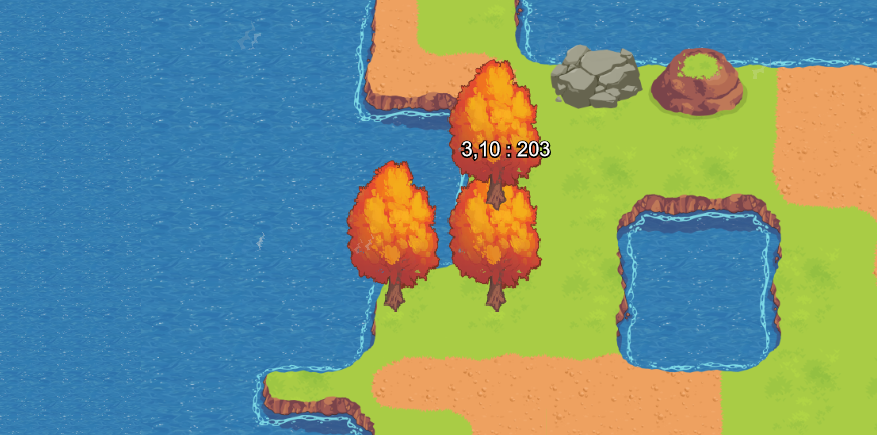Frank Force is a generative artist with a background in computer graphics and game development. He is known for writing tiny programs that are often generative in nature, releasing over a thousand in total. This study has led to other larger projects like the mind bending “Dual Axis Illusion” which won Optical Illusion of the Year 2019. He also maintains a suite of open source tools for creating art, games, and music such as the LittleJS game engine and ZzFX mini sound synth. Now focused on longform generative art, he uses a wide range of visual styles to drawing on themes of emergent complexity, simulation theory, and finding connections in modern life.
killedbyapixel / littlejs Goto Github PK
View Code? Open in Web Editor NEWLittleJS is a HTML5 game engine with many features and no dependencies. 🚂 Choo-Choo!
License: MIT License




















